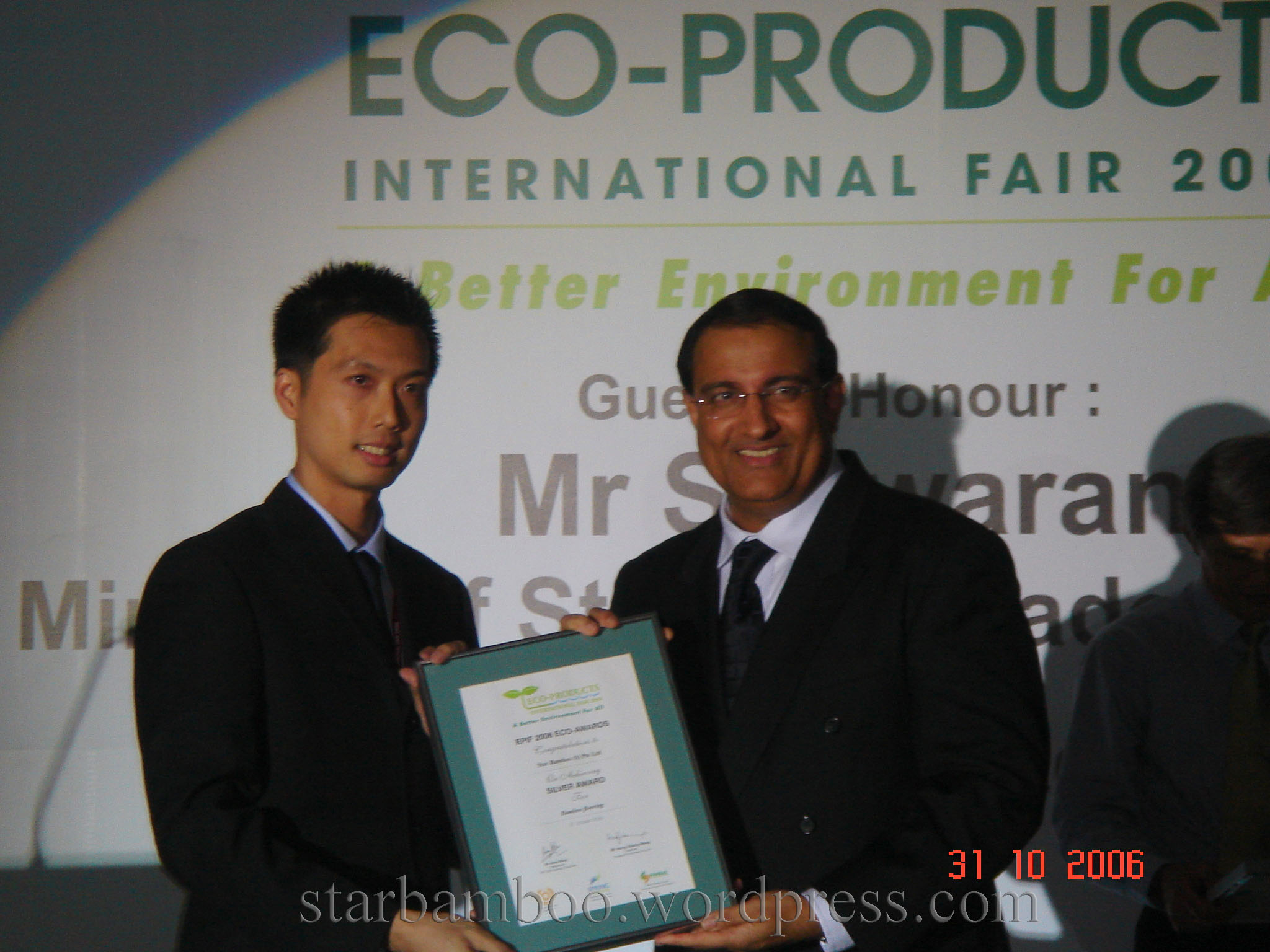Compulsory Singapore Energy Labelling Rules Delayed till 1 Jan 2008
Shopping for a new refrigerator or air-conditioner will be much easier come 1 Jan 2008. That is when compulsory energy labelling laws kick in. This was an extension of 6 months to the original deadline of 30 June 2007.
Energy labelling rules benefit both the retailer and consumer. An energy-efficient air-conditioner can save over $500 per year in electricity cost compared to an inefficient one. The higher upfront cost can be recouped in less than 2 years.

So why have retailers and manufacturers been slow to get their act together? After all, voluntary energy labelling regulations have been in place since April 2002. After more than 4 years, over 80% of the products in the market are still unlabelled.
Could it be the cost of registration and certification, at around $100 per product model? However, NEA has waived this cost till 30 June 2008.
More likely is the fact that most of the products sold in Singapore would simply score poorly, especially the cheaper models imported from China. Given this market reality, voluntary registration would never take off.
Singapore has already lagged badly behind other countries:
- The U.S. introduced its mandatory labelling program in 1979.
- The energy labelling programme in Australia started in 1985.
- EU in 1992
Manufacturers and retailers in other countries have successfully adapted to compulsory labelling more than 20 years ago, and the results have been hugely encouraging.
Better late than never.

